In the realm of non-invasive therapies for various conditions, red light therapy is gaining popularity day by day. Red light therapy (RLT) is a treatment made of low levels of red and near-infrared light (630-850 nm), which stimulates cellular repair and rejuvenation by photobiomodulation. The potential application of red light therapy has been extensively studied for various conditions, including varicose veins. Red light therapy presents a promising solution for treating varicose veins as an alternative remedy. By improving cellular function, blood flow, and the properties of therapeutic light itself, it enhances the aesthetic condition of varicose veins. It relieves various symptoms attached to the condition while promoting healthier skin.

What are varicose veins?
Varicose veins are abnormal swelling or twisting of veins in any body part. The most common varicose veins appear in the superficial veins of the legs, as they are subjected to high pressure due to prolonged standing. Women are more likely to get varicose veins than men for several reasons. Pregnancy, obesity, menopause, aging, standing for long periods, leg injuries, abdominal tension, and even genetic factors are all associated with varicose veins.
The initial symptoms of varicose veins are generally not very obvious and difficult to detect. The discomfort caused by varicose ranges from mild to severe. If you suddenly find that your calfskin is itchy, swollen, painful, and accompanied by a feeling of heaviness, with fatigue in your legs, it might be varicose veins in the lower limbs. Varicose veins without proper treatment increase the risk of developing venous ulcers and deep vein thrombosis. Varicose veins can be managed effectively with non-invasive red light therapy.
How does red light therapy benefit varicose veins?
- Reduced Appearance of Varicose Veins
One of the RLT's main advantages is that it can reduce the appearance of varicose veins. By stimulating collagen synthesis and increasing skin elasticity, RLT may decrease the vein's prominence over time.
- Promotes Circulation
Poor blood flow and weakened vein walls are the root causes of many cases of varicose veins. RLT improves blood circulation and tissue oxygenation, which might reduce some of the symptoms that characterize varicose veins, such as swelling and heaviness.
- Relief from Pain and Discomfort
Pain, aching, discomfort-most of the issues connected with varicose veins can be fixed by the anti-inflammatory effects of RLT and its ability to promote tissue repair.
- Reduced Fatigue
Chronic venous insufficiency is related to varicose veins and leg fatigue. RLT could ease these feelings by enhancing circulation and cellular metabolism, relaxing a person.
- Improved Skin Condition
RLT exerts its action on improving skin condition along with the veins. When collagen production is enhanced, aging processes slow down, which improves the skin tone and texture of areas with varicose veins.
RLT application for varicose veins
RLT device uses specialized equipment to emit specific wavelengths of light directly to the skin surface of a targeted area. By penetrating the skin, RLT is absorbed by cells, resulting in biochemical reactions necessary for healing and regeneration. Treatments are relatively short, typically 20-30 minutes, and most often repeated 2-3 times a week initially.
Safety and Considerations
When properly administered by trained individuals, red light therapy is generally considered safe and well-tolerated. However, like every other medical treatment, there are always some potential side effects, which, though very rare and usually very mild, could consist of temporary skin irritation or reddening.
Preliminary data suggest that RLT may be one of the safe and effective options. Varicose veins patients seeking RLT treatment should discuss it with a healthcare professional to ensure its safe application.

RLT overcomes varicose vein's traditional treatment challenges
Conventional treatments such as sclerotherapy, laser therapy, and surgical treatment-all of these methods are painful and costly highly with a long recovery time. RLT offers a new, less invasive, and risk-free solution than conventional treatments. It has the following advantages:
- Non-Invasive: RLT does not involve injections or surgical procedures; hence, it is less traumatic with reduced recovery time.
- Mild Side Effects: Some hallmarks of traditional treatments are minimal discomfort levels, bruising, and recovery periods that extend a bit longer; however, side effects from RLT are generally mild and temporary.
- Cost-Effective: Compared to the required frequency and duration of a surgical and laser treatment, at least RLT could be more cost-effective in varicose vein management.
Conclusion
Many people disregard mild varicose veins as they often cause little discomfort until it worsen. Patients with varicose veins of the lower limbs can potentially find relief in symptoms by integrating red light therapy device with good living habits and the professional guidance of doctors to improve their condition and quality of life effectively. Keep in mind that everyone responds to RLT treatment differently, and the potency of red light therapy is still being maximally researched for its role in managing myriad health conditions, including varicose veins.
References
[1] Glass, Graeme Ewan. "Photobiomodulation: The Clinical Applications of Low-Level Light Therapy." Aesthetic Surgery Journal vol. 41,6 (2021): 723-738. https://pubmed.ncbi.nlm.nih.gov/33471046/
[2] Raetz, Jaqueline et al. "Varicose Veins: Diagnosis and Treatment." American family physician vol. 99,11 (2019): 682-688. https://pubmed.ncbi.nlm.nih.gov/31150188/
[3] Hamblin, Michael R. "Mechanisms and applications of the anti-inflammatory effects of photobiomodulation." AIMS biophysics vol. 4,3 (2017): 337-361. https://www.ncbi.nlm.nih.gov/pmc/articles/PMC5523874/
[4] Jagdeo, Jared et al. "Safety of light-emitting diode-red light on human skin: Two randomized controlled trials." Journal of biophotonics vol. 13,3 (2020): e201960014. https://pubmed.ncbi.nlm.nih.gov/31483941/
[5] Lee, Young In et al. "Exploring the Safety and Efficacy of Organic Light-Emitting Diode in Skin Rejuvenation and Wound Healing." Yonsei Medical Journal Vol. 65, 2 (2024): 98-107. https://pubmed.ncbi.nlm.nih.gov/38288650/
Read More
- Red Light Therapy| Improve Sleep & Wellness – BESTQOOL
- Red Light Therapy | Unlock Wellness & Beauty Benefits – BESTQOOL
- Red Light Therapy Dosing Guide – BESTQOOL
- Red Light Therapy for Newborn Sleep | Enhance Baby's Rest – BESTQOOL
- Red Light Therapy Panels 2024 | Best RLT Devices Comparison – BESTQOOL



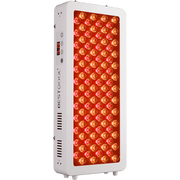






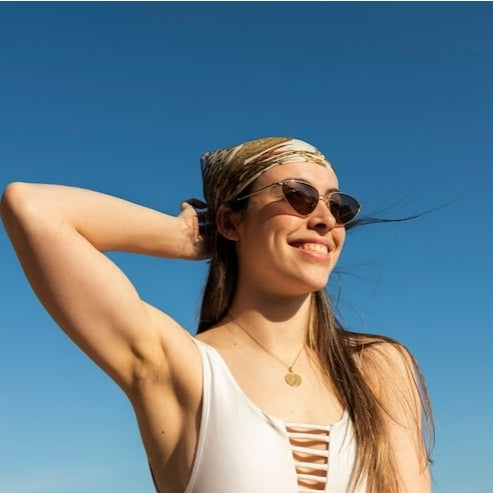
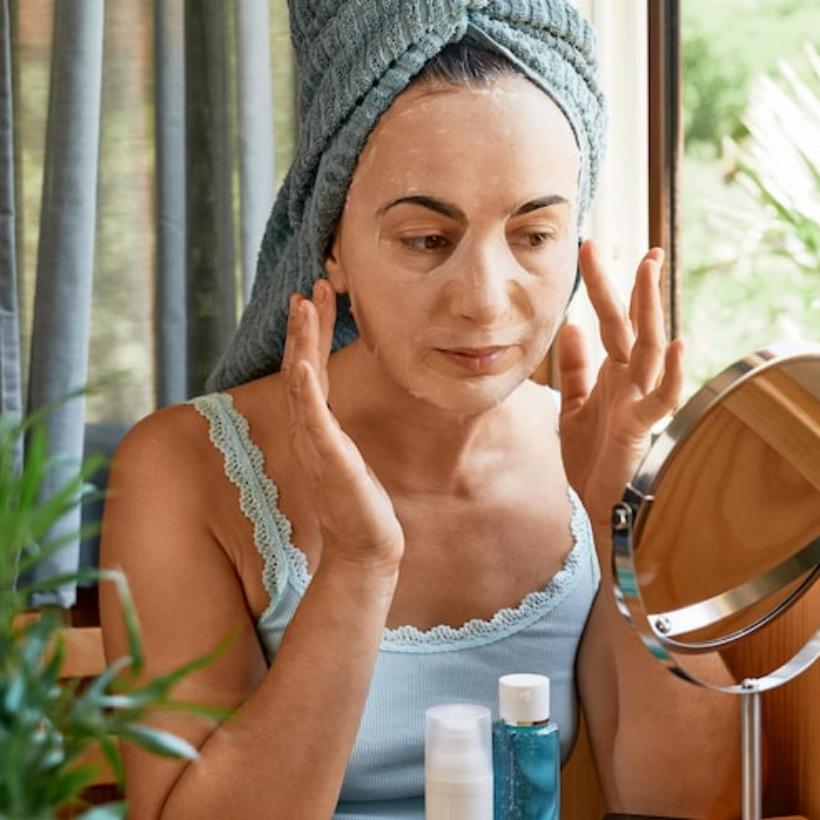
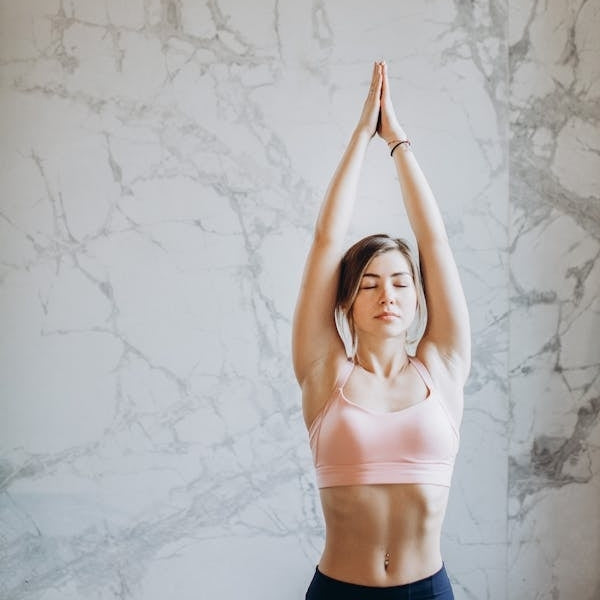
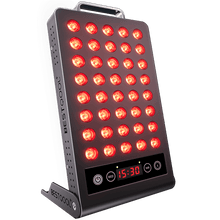
 Small
Small
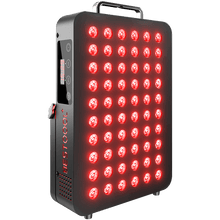
 Moderate
Moderate
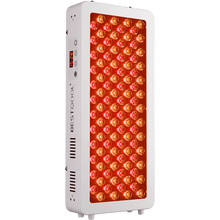
 Moderate
Moderate
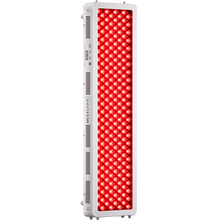
 Moderate
Moderate
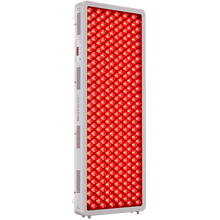
 Full
Full



